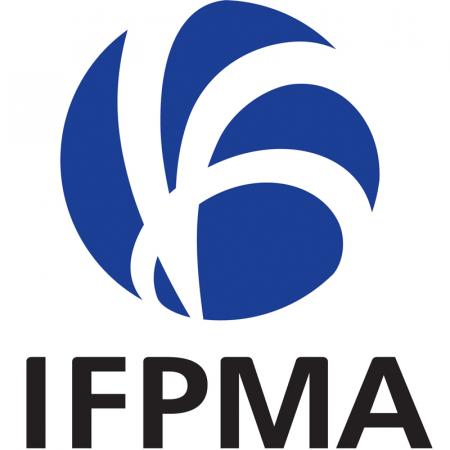The rising threat of antibiotic and multidrug resistance in neonatal urinary tract infections
This study investigated neonatal urinary tract infections (UTIs), a major cause of sepsis in newborns, focusing on antimicrobial resistance (AMR) and multidrug resistance (MDR). Urine cultures from 51 neonates (2018–2024) revealed Escherichia coli and Klebsiella pneumoniae as the most common pathogens. High resistance rates were observed — 75% of E. coli strains were resistant to ampicillin, while resistance to gentamicin reached 25% for E. coli, 30.7% for K. pneumoniae, and 80% for Enterobacter spp. MDR was present in 55% of E. coli, 100% of Enterobacter spp., 38.5% of K. pneumoniae, and 20% of Enterococcus spp. No significant association was found between MDR and clinical or imaging findings. The study concludes that AMR and MDR in neonatal UTIs are serious and growing concerns, underscoring the urgent need for research on antimicrobial pharmacokinetics and safety in pediatric populations to improve treatment options.
AMR NEWS
Your Biweekly Source for Global AMR Insights!
Stay informed with the essential newsletter that brings together all the latest One Health news on antimicrobial resistance. Delivered straight to your inbox every two weeks, AMR NEWS provides a curated selection of international insights, key publications, and the latest updates in the fight against AMR.
Don’t miss out on staying ahead in the global AMR movement—subscribe now!






